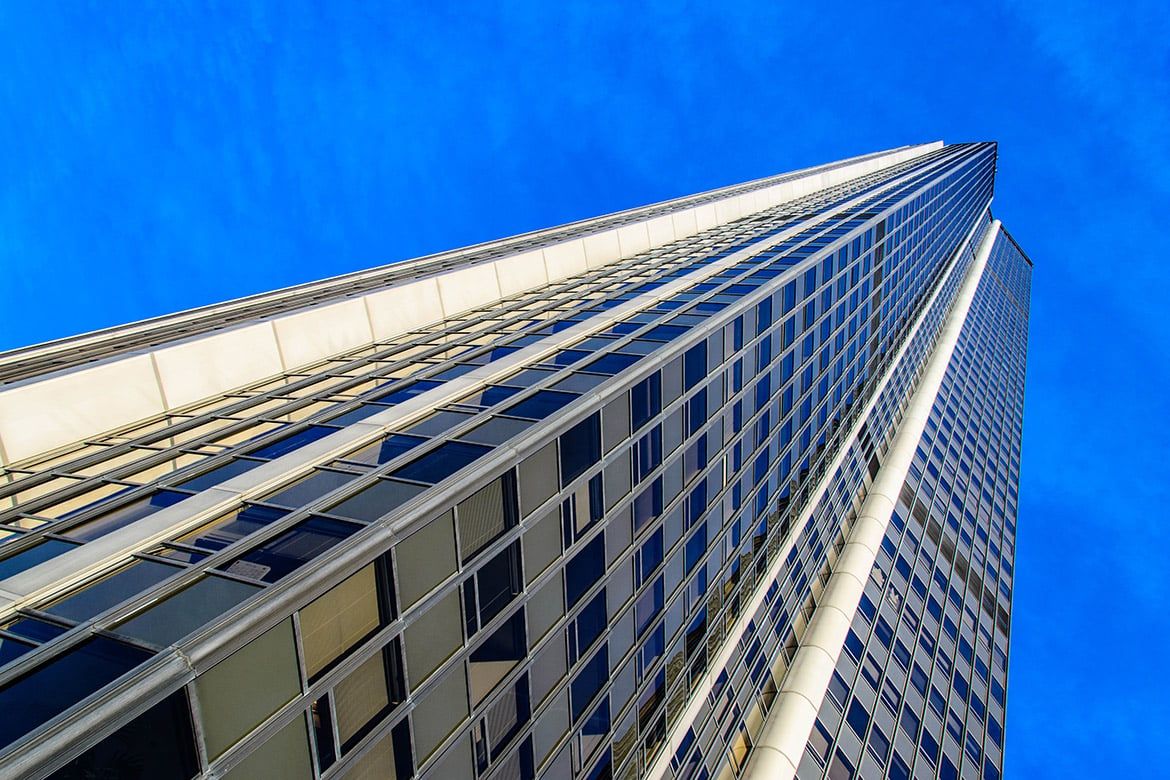Introduction:
Lighting plays a crucial role in enhancing architectural spaces, turning buildings into dynamic and visually appealing environments. From highlighting key design elements to creating ambiance and mood, the right lighting design can transform a space and elevate the overall architectural experience for occupants. In this article, we will delve into the importance of lighting in architecture and how it can be used to maximize the aesthetic appeal and functionality of built environments.
Architecture Design
When it comes to architecture design, lighting is often considered the unsung hero. While architectural elements such as form, materials, and structure are essential in shaping a building’s overall design, lighting has the power to accentuate and emphasize these elements, bringing them to life. Whether it’s natural light streaming in through large windows or strategically placed artificial lighting fixtures, the interplay of light and shadow can dramatically enhance the visual impact of a space.
Elements to Consider:
- Natural Light: Harnessing natural light is key in creating a seamless connection between the interior and exterior of a building. Large windows, skylights, and light wells can help bring in daylight, reducing the need for artificial lighting and creating a more sustainable environment.
- Artificial Lighting: In spaces where natural light is limited, artificial lighting becomes essential. From ambient lighting to task lighting and accent lighting, a well-thought-out lighting plan can enhance functionality and aesthetics while creating a comfortable and visually pleasing atmosphere.
Creating Ambiance and Mood
Lighting has the ability to set the mood and create ambiance in architectural spaces. Whether it’s a warm and inviting glow in a restaurant, or a bright and energizing light in a workspace, the right lighting can evoke emotion, influence behavior, and enhance the overall user experience.
Tips for Creating Ambiance:
- Layered Lighting: By incorporating a combination of ambient, task, and accent lighting, architects and designers can create depth and dimension in a space, adding visual interest and flexibility.
- Color Temperature: The color temperature of light can have a significant impact on the ambiance of a space. Warm hues create a cozy and intimate atmosphere, while cool tones can feel more modern and energizing.
- Dimming Controls: Having the ability to adjust the brightness of lighting fixtures allows for greater control over the mood and ambiance of a space. Dimmers can be used to create different lighting levels for various activities and occasions.
Maximizing Aesthetic Appeal
Beyond functionality, lighting can also be used to enhance the aesthetic appeal of architectural spaces. Creative lighting design can highlight architectural features, create focal points, and add a sense of drama and sophistication to a building’s design.
Techniques for Maximizing Aesthetics:
- Up-Lighting: Placing light fixtures at low angles to illuminate walls, columns, or other architectural elements can create a sense of height and drama, drawing the eye upwards and emphasizing the verticality of a space.
- Grazing: By washing light across textured surfaces such as stone, brick, or wood, architects can highlight the materiality and craftsmanship of a building, adding visual interest and depth.
- Color Changing Lights: LED technology allows for customizable color options, giving designers the ability to change the mood and ambiance of a space with the touch of a button. Color-changing lights can bring a sense of playfulness and creativity to architectural environments.
In conclusion, the role of lighting in enhancing architectural spaces cannot be overstated. From its ability to highlight design elements to creating ambiance and mood, lighting is a powerful tool that architects and designers can use to transform built environments and create memorable experiences for occupants.

